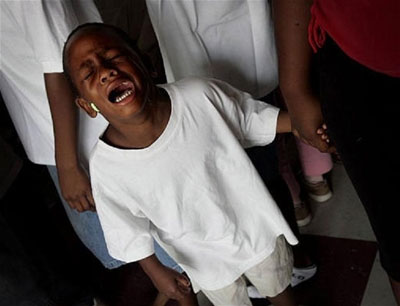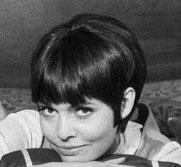Things happen when you pay attention. Resemblances line up, and disjunctions jar. These things certainly happened when I caught Word for Word’s theatricalization of James Baldwin’s Harlem-set story Sonny’s Blues, and Spain’s flamenco group Son De La Frontera on successive nights in San Francisco last weekend. Word for Word used every possible dramatic device, including fine actors, to make each syllable of the story come alive while the Spanish musicians produced a thoroughly non-verbal experience though there was lots of singing.
The paradox was that both performances — even the wall to wall words of Sonny’s Blues — delivered language-free meanings, and that, whether we’re aware of it or not, art is always a fundamental emotional experience, even with words. And — it should get us where we live. Flamenco provides one of the rawest, purest, and most sophisticated musico-dramatic experiences on the planet. And the 6-member Son De La Frontera, presented by The Bay Area Flamenco Partnership at The Yerba Buena Center for The Arts Theater Saturday 1 March, are masters of this ancient form, which began in India with the gypsies who crossed North Africa, and settled in Spain’s Andalucia, where flamenco flourished in the intermingled soil of its Islamic, Jewish (Sephardic), and Christian cultures. Son De La Frontera delivered it clearly, honestly,and without regret. Virgil Thomson once declared that composers did everything but speak the language of the heart. But these Spaniards, who paid tribute to composer-guitarist Diego Del Gastor (1908-1973) here, certainly did. And their music, which comes from Del Gastor’s, made the divided chambers of the heart visceral, and incredibly real.
The two-hour, no break concert began with a guitar solo, a martinete, by Gastor’s nephew, Juan Del Gastor. The martinete is a kind of not-in-any-set meter improv, and Del Gastor’s was ripe with subtle yet powerful touches and myriad colors, like a dream of Spain’s fairest flower. Things got obviously more intense when guitarists Raul Rodriguez and Paco De Amparo took the stage with singer Moi De Moron, and the compas, or rhythm section provided by him — handclapping on the palmas, or the sordas — and Manuel Flores, and Pepe Torres, who also danced. Rodriquez and De Amparo’s unisons and solos were a harmonic and coloristic anchor to the intricate polyrhythms of the other three musicians, especially the phenomenally fancy footwork, or taconero, by Torres, who had tons of that essential flamenco ingredient, duende, and whose turning, lurching, and jumping was powerfully controlled, the scarlet back of his black vest the only note of color in the show.
Flamenco has a rich vocabulary of differently accented 12 count (beat) rhythms which form the basis of the buleria, the solea, which were stunningly played, sung and danced here. The group also gave knockout performances of the fiesta, cantina, sevillana, as well as the 4 count (beat) tanguillo, and tango. Flamenco is about all the basic passions of love, hate, abandonment, fear, despair, and revenge. It gets them down as no other art form can, and doesn’t make them pretty. But this brutal, in the best sense of the word, form lets them sing. And I was reminded of the late great Spanish mezzo Rocio Jurado, who sang on the soundtrack of Carlos Saura’s 1985 film of De Falla’s El Amor Brujo, when listening to Moi de Moron. You don’t have to know or even “hear” the words to feel whats he’s saying. It doesn’t get any better, or more real than this.
[youtube]T4UOHKcq2es[/youtube]

 This Saturday night at Greenwich House, composer
This Saturday night at Greenwich House, composer  A long, long time ago, boys and girls, there was a very funny TV series called Get Smart, starring a Borscht Belt comic named Don Adams as a brain-addled superspy named Maxwell Smart and a cute-as-a-button gamine named Barbara Feldon as his trusty sidekick, Agent 99. This was before most of you were born.
A long, long time ago, boys and girls, there was a very funny TV series called Get Smart, starring a Borscht Belt comic named Don Adams as a brain-addled superspy named Maxwell Smart and a cute-as-a-button gamine named Barbara Feldon as his trusty sidekick, Agent 99. This was before most of you were born.